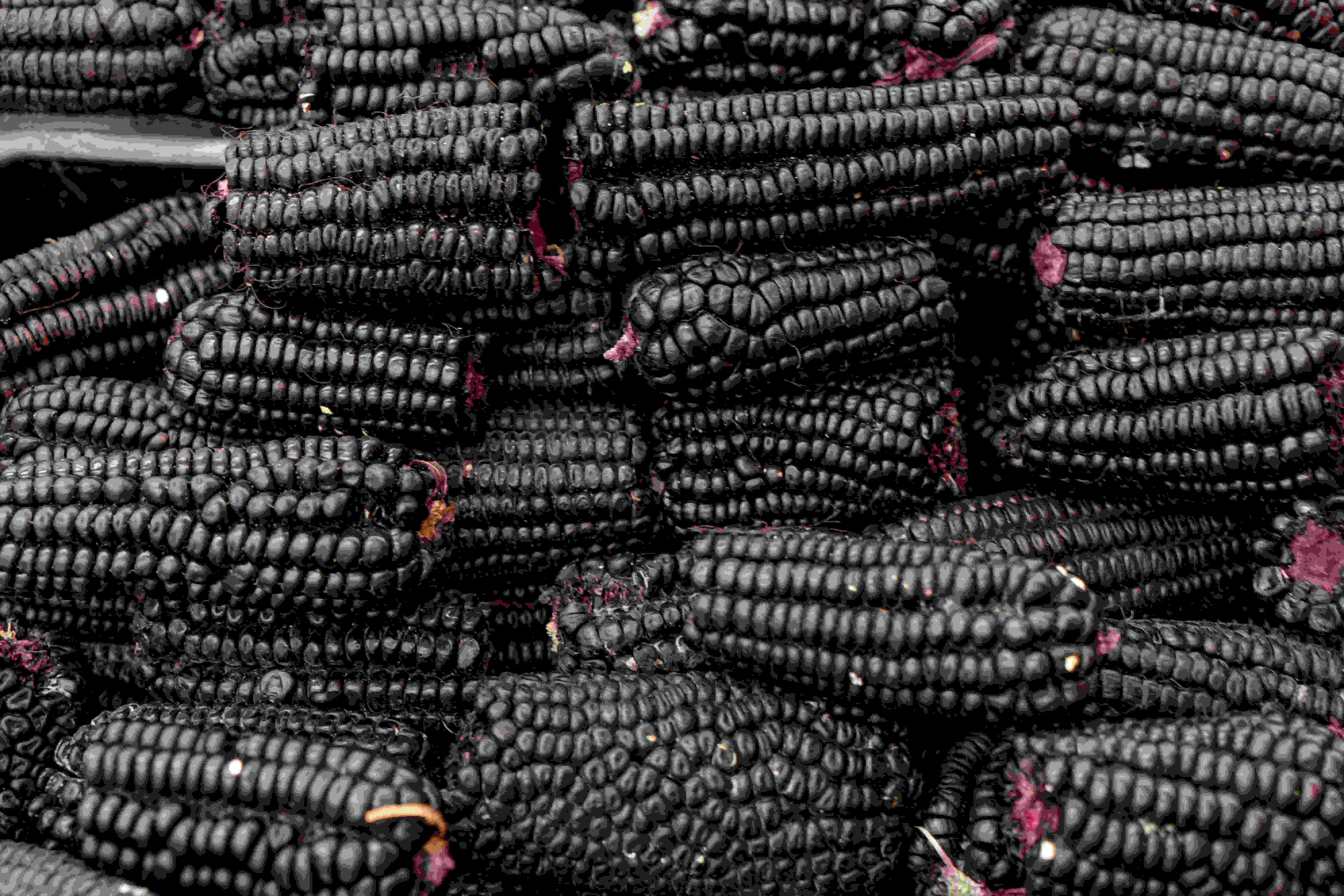
Try out these five plant-based recipes that honor Indigenous culture, nourish the body, and are completely animal-free.
For many Indigenous peoples, plant-based eating is deeply tied to their ancestral food systems. Long before European colonizers arrived with livestock, Indigenous diets were primarily plant-based, centered around the “Three Sisters”—corn, beans, and squash—along with a variety of wild fruits, seeds, and nuts. These plant-based foods were not only nutritious but also cultivated in ways that supported ecological balance and sustainability. By exploring and celebrating these plant-based dishes, we pay tribute to the resilience and wisdom of Indigenous culture this Indigenous Heritage Month.
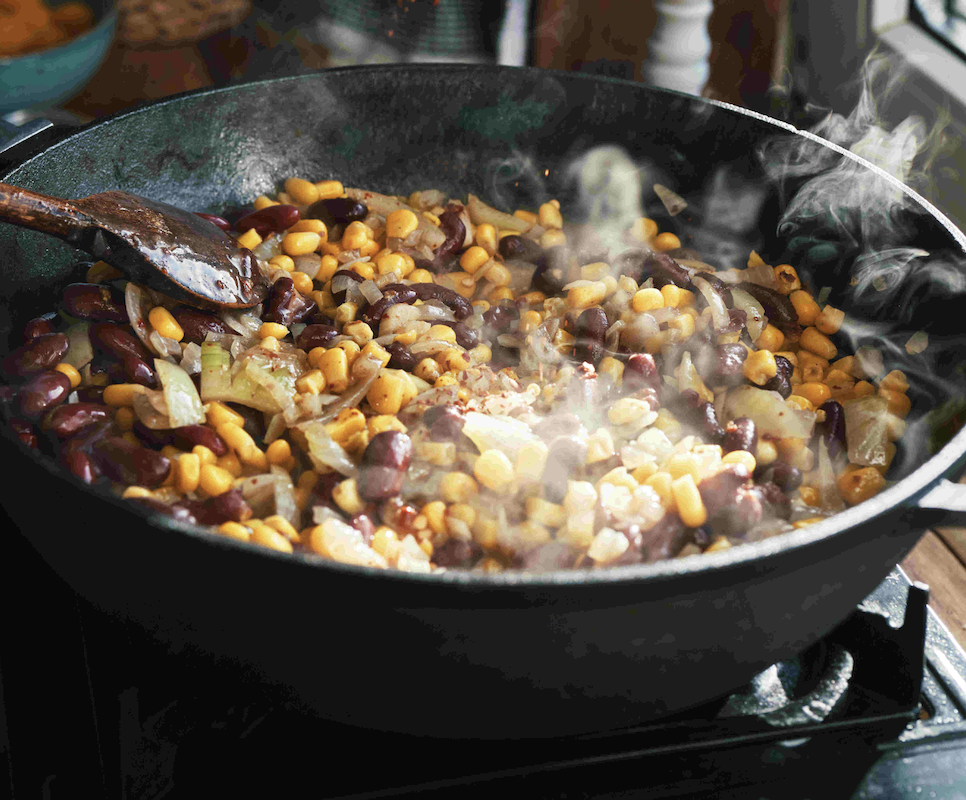
Three Sisters Stew
Three Sisters Stew is a cornerstone of Indigenous food culture because it features the sacred trio of corn, beans, and squash, which have been cultivated together for centuries in a mutually beneficial growing system. This dish reflects the deep knowledge Indigenous peoples have of sustainable agriculture (and is also incredibly hearty and delicious!).
Get the recipe from The Chickasaw Nation
Blue Corn Mush
Blue corn mush is a traditional Indigenous dish made from ground blue cornmeal, water, and a bit of ash or lye, which enhances the flavor and nutritional content. It has a porridge-like consistency and is often eaten for breakfast. Blue corn mush is significant in many Indigenous cultures, especially among Southwestern peoples like the Navajo, where blue corn is considered sacred and is a staple ingredient in their diet.
Get the recipe from The Fancy Navajo
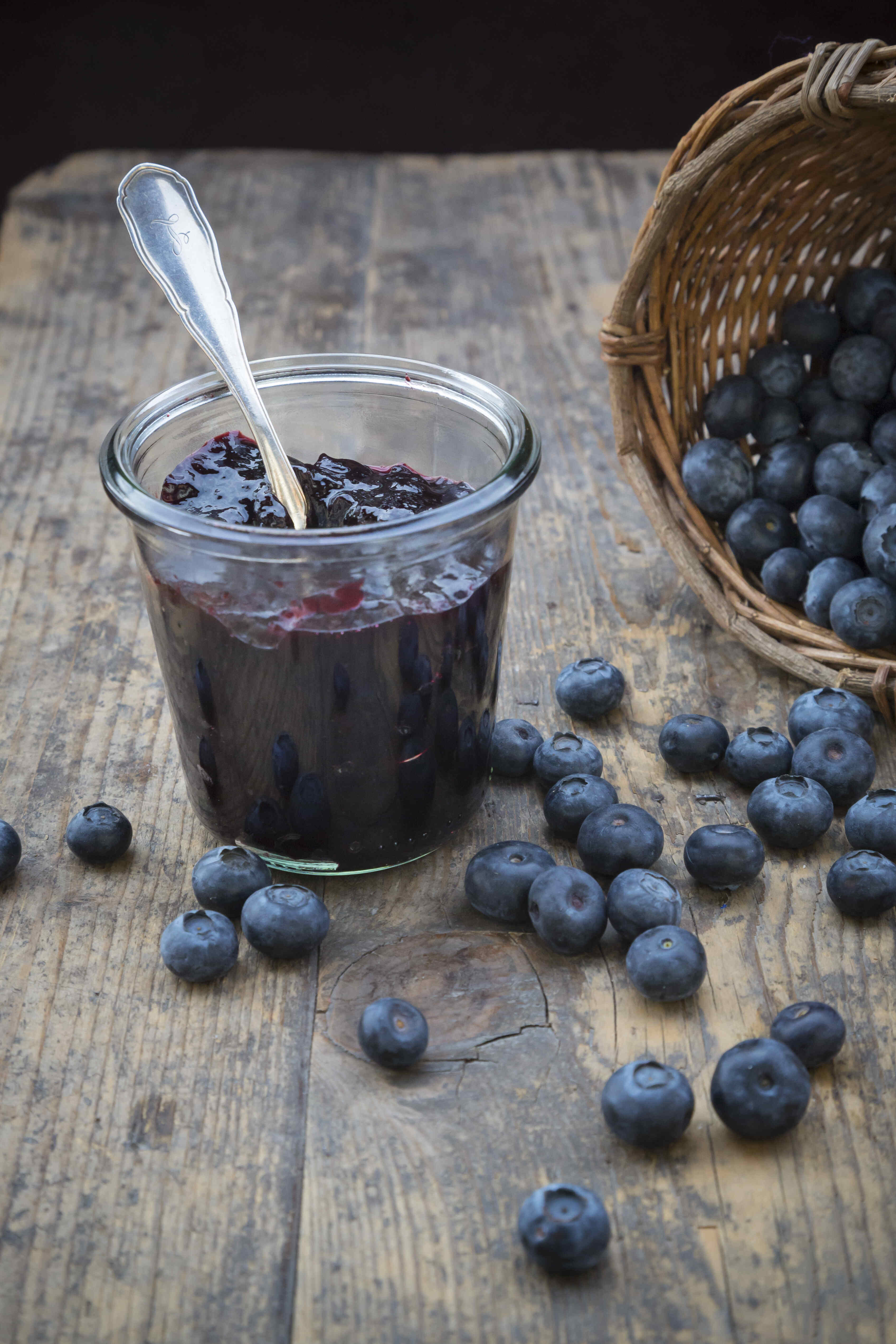
Wojapi (Dakota Berry Sauce)
Wojapi is a traditional Indigenous berry sauce, often made from chokecherries, blueberries, or other wild berries. It has deep roots in Indigenous food culture, particularly among Plains groups such as the Lakota and Dakota. Unlike typical jams or jellies, Wojapi is usually prepared without added sweeteners or thickening agents, relying on the natural sweetness and texture of the berries.
Get the recipe from First Nations
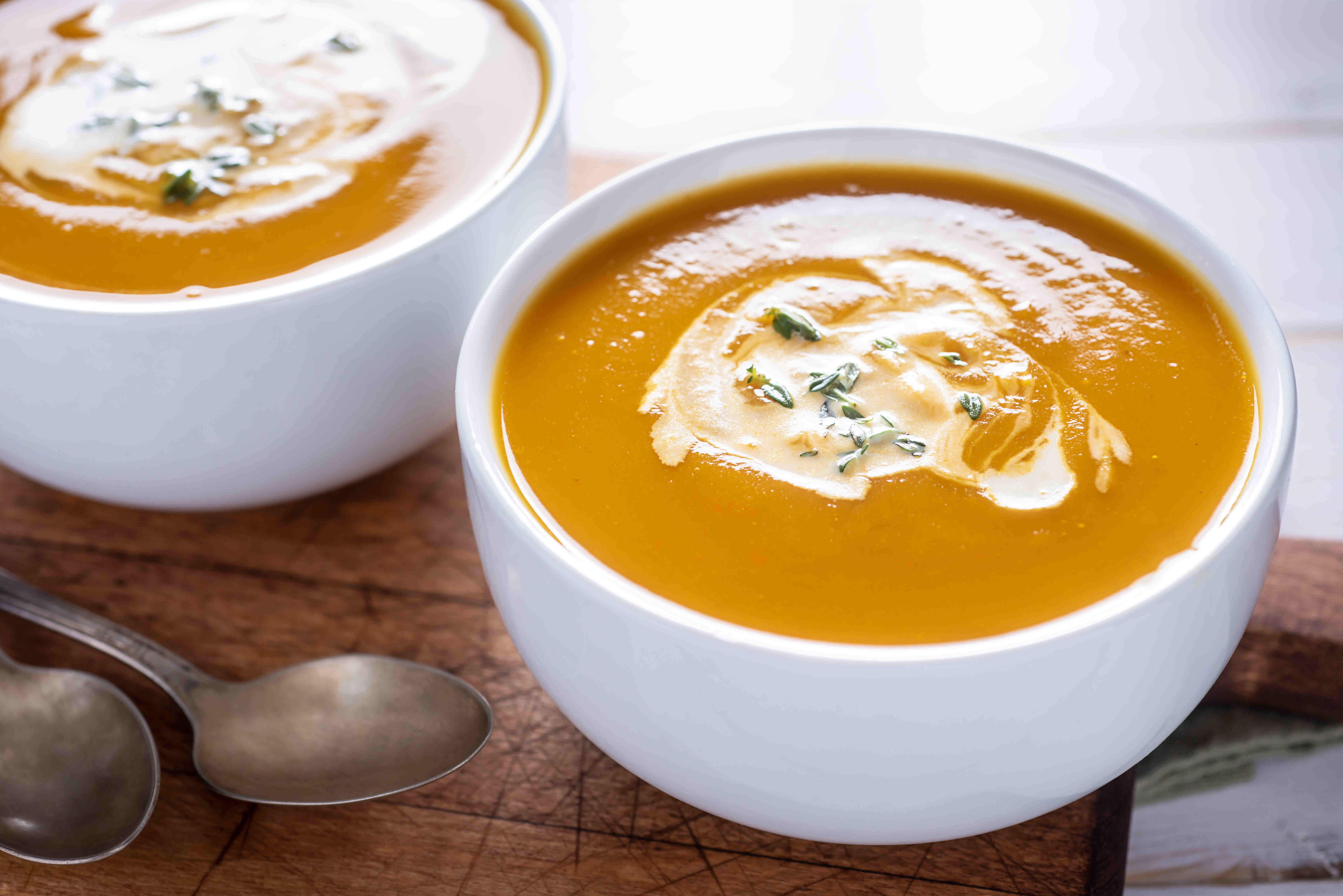
Squash Soup
Squash soup is often made using varieties of squash, such as butternut or pumpkin, that have been grown by Indigenous peoples for centuries. There are several ways to prepare squash soup, with modern versions adding a splash of coconut milk, roasted garlic, or fresh apple.
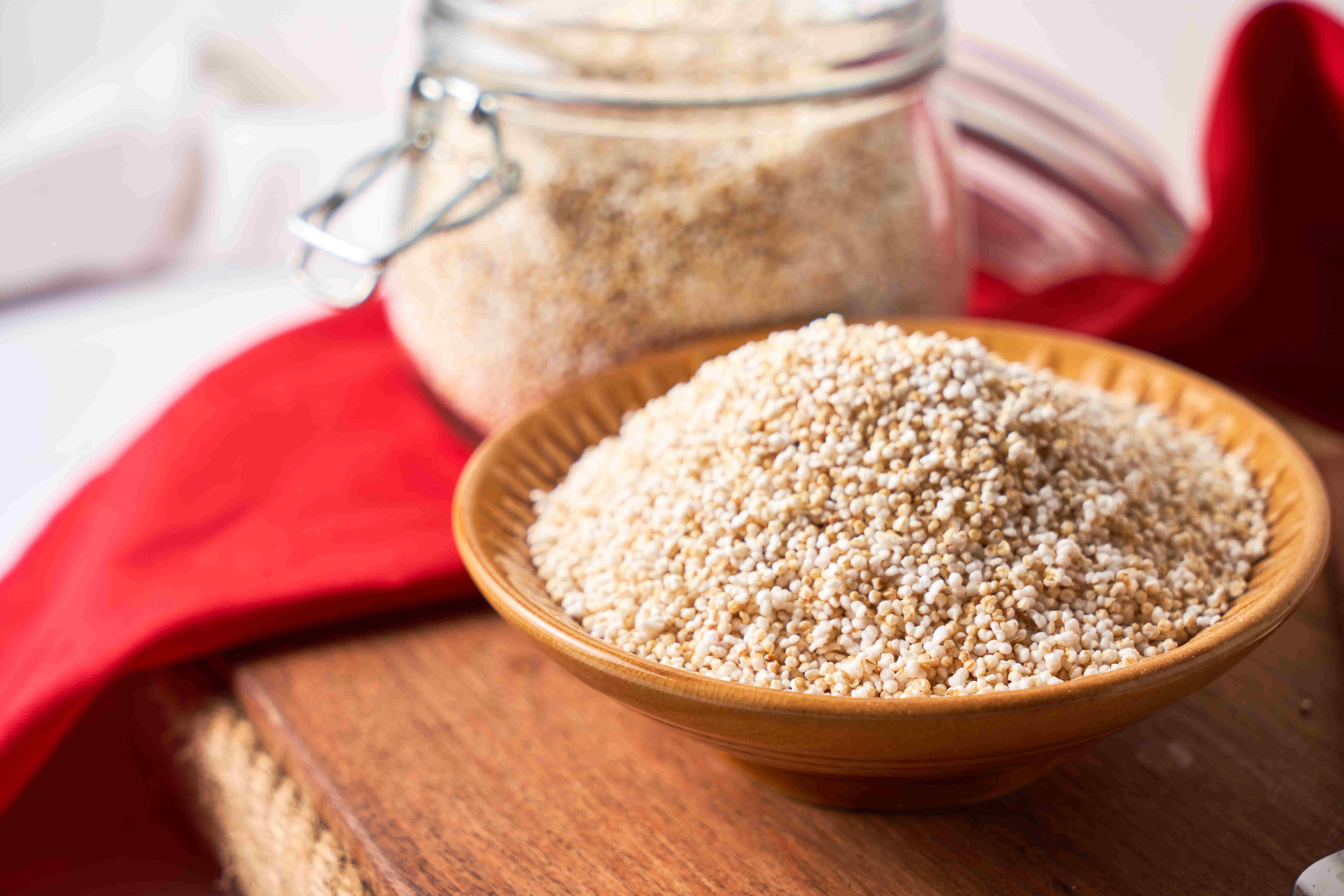
Amaranth Crackers
Amaranth is an ancient grain that has been a staple in Indigenous food cultures, particularly in Mesoamerica, for thousands of years. Highly valued by the Aztecs and other Indigenous peoples of Central and South America, amaranth was both a dietary staple and a sacred crop used in religious rituals. These amaranth crackers are a versatile kitchen staple high in protein, fiber, and essential minerals.
Get the recipe from Indigi Kitchen
Note: In our commitment to fostering inclusivity, we have chosen to employ the term “indigenous” as the overarching descriptor for this blog. We acknowledge that the people featured may also align with alternative nomenclature, such as Native American, Native, American Indian, Alaskan Native, and so forth.
